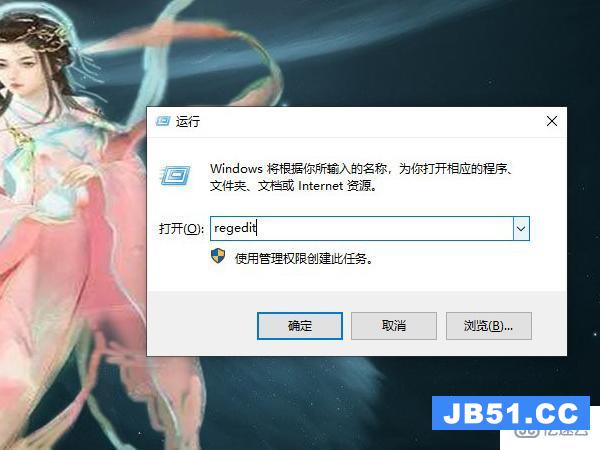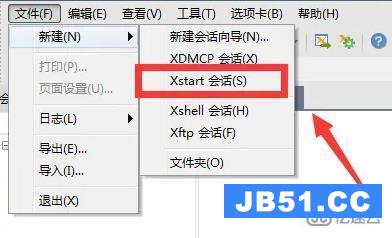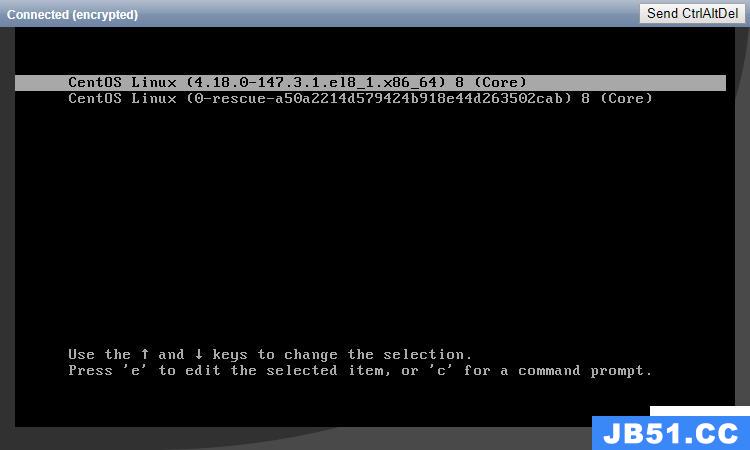Admission Controller介绍
Apiserver干的最重要的三个事就是:
admission controller非常有用,也是经常会用到的k8s的一个扩展方式,今天在源码级别对其做一下介绍,以及如何自己去开发一个admission controller.
我们的应用场景是:我们希望把所有需要创建的pod都加上一个注解,因为我们早期是通过podpreset给pod注入lxcfs的配置的,但是用户在写yaml文件时很容易忘记加上,所以需要在apiserver上来个自动处理
Metadata:
name: test-net
annotations:
initializer.kubernetes.io/lxcfs: "true" # 就是在pod的Metadata里加上这个配置默认admission controller
已经有很多默认非常有用的admission插件,这里挑几个介绍一下:
| 名称 | 作用 |
|---|---|
| AlwaysPullImages | 把所有镜像策略都调整成alwaysPull, 多租户安全时比较有用 |
| DefaultStorageClass | 默认存储类型 |
| DefaultTolerationSeconds | 节点notready:NoExecute时的容忍时间,比如有时我们升级kubelet,希望升级时pod不要漂移就会用到 |
| DenyEscalatingExec | 拒绝远程连接容器 |
| ExtendedResourcetoleration | 比如我有扩展资源,那么我可以通过它来玷污节点,防止不需要该资源的pod到我的机器上来,如GPU |
| LimitRanger | 在多租户配额时相当有用,如果pod没配额,那么我可以默认给个很低的配额 |
| NamespaceAutoprovision | 这个也非常有用,资源的namespace不存在时就创建一个 |
| PodPreset | 可以对pod进行一些预处理设置 |
| ResourceQuota | 多租户配额时比较重要,看资源是否满足resource quota中的配置 |
alwaysPullImages 介绍
多租户时经常会开启这个,强制所有的镜像必须去拉取,因为如果不这样,那么别的租户如果知道了你的镜像名就可以写一个yaml去启动你的镜像,强制拉时犹豫需要image pull secret所以无法拉取你的镜像。
所以这个admission干的事就是把镜像拉取策略都改成alwaysPull:
代码位置:
kubernetes/plugin/pkg/admission/alwayspullimages/admission.go
func (a *AlwaysPullImages) Admit(attributes admission.Attributes, o admission.ObjectInterfaces) (err error) {
// 你可以在attibutes里获取到对象的一切信息,用户信息等
if shouldIgnore(attributes) { // 检查一下是不是你关注的object, 比如创建的一个configmap 那么显然可以忽视
return nil
}
pod, ok := attributes.Getobject().(*api.Pod)
// 这里把initContainer和Container的拉取策略都给改了
for i := range pod.Spec.InitContainers {
pod.Spec.InitContainers[i].ImagePullPolicy = api.PullAlways
}
for i := range pod.Spec.Containers {
pod.Spec.Containers[i].ImagePullPolicy = api.PullAlways
}
return nil
}
# 还提供一个校验接口,看是不是真的都已经被改了
func (a *AlwaysPullImages) Validate(attributes admission.Attributes, o admission.ObjectInterfaces) (err error) {
pod, ok := attributes.Getobject().(*api.Pod)
for i := range pod.Spec.InitContainers {
if pod.Spec.InitContainers[i].ImagePullPolicy != api.PullAlways {
return admission.NewForbidden(attributes,
field.NotSupported(field.NewPath("spec", "initContainers").Index(i).Child("imagePullPolicy"),
pod.Spec.InitContainers[i].ImagePullPolicy, []string{string(api.PullAlways)},
),
)
}
}
...
return nil
}func Register(plugins *admission.Plugins) {
plugins.Register(PluginName, func(config io.Reader) (admission.Interface, error) {
return NewAlwaysPullImages(), nil
})
}
type AlwaysPullImages struct {
*admission.Handler
}最后需要在plugin里面把其注册进去:
kubernetes/pkg/kubeapiserver/options/plugins.go
func RegisterallAdmissionPlugins(plugins *admission.Plugins) {
imagepolicy.Register(plugins)
...
}所以实现一个admission非常简单,主要就是实现两个接口即可。
admission control webhooks
很多情况下我们并不希望大动干戈去改apiserver代码,所以apiserver提供了一种动态扩展admission的方式,非常推荐。
有两种类型:
- validating admission Webhook 只作校验,比如检测到某个特殊字段就不让请求通过
- mutating admission webhook 可以对请求体进行修改(patch)
比较重要的是这个AdmissionReview结构体,包含一个请求一个响应
请求:有Object的详细信息,用户信息
响应: 最重要的是 1. 是否允许 2. 修改(patch)的类型 3. 修改(patch)的值, 这个符合json patch标准 (kubectl patch)
可在此 找到一个webhook server的例子
看一个具体例子,labelpatch,是给对象的元数据里加一些label的。
const (
// 特定的json patch格式
addFirstLabelPatch string = `[
{ "op": "add", "path": "/Metadata/labels", "value": {"added-label": "yes"}}
]`
addAdditionalLabelPatch string = `[
{ "op": "add", "path": "/Metadata/labels/added-label", "value": "yes" }
]`
)
// Add a label {"added-label": "yes"} to the object
func addLabel(ar v1beta1.AdmissionReview) *v1beta1.AdmissionResponse {
obj := struct {
Metav1.ObjectMeta
Data map[string]string
}{}
raw := ar.Request.Object.Raw
err := json.Unmarshal(raw, &obj)
if err != nil {
klog.Error(err)
return toAdmissionResponse(err)
}
reviewResponse := v1beta1.AdmissionResponse{}
reviewResponse.Allowed = true
if len(obj.ObjectMeta.Labels) == 0 {
reviewResponse.Patch = []byte(addFirstLabelPatch) // 这里最需要注意的就是修改时是通过patch的方式
} else {
reviewResponse.Patch = []byte(addAdditionalLabelPatch)
}
pt := v1beta1.PatchTypeJSONPatch
reviewResponse.PatchType = &pt
return &reviewResponse
}把这个放到http handle里。
把这个HTTPS服务起一个service, 这样apiserver就可以自动发现它。
apiVersion: admissionregistration.k8s.io/v1beta1
kind: ValidatingWebhookConfiguration
Metadata:
name: <name of this configuration object>
webhooks:
- name: <webhook name, e.g., pod-policy.example.io>
rules: # 最好明确一下该hook关心哪些api,防止带来不必要的额外开销。
- apiGroups:
- ""
apiVersions:
- v1
operations:
- CREATE
resources:
- pods
scope: "Namespaced"
clientConfig:
service:
namespace: <namespace of the front-end service> # webhook server的namespace
name: <name of the front-end service> # service name
caBundle: <pem encoded ca cert that signs the server cert used by the webhook> # 因为需要通过https访问,所以要给apiserver配置ca
admissionReviewVersions:
- v1beta1
timeoutSeconds: 1总结
adminssion control 是非常重要的APIserver扩展的方式,掌握了其开发很多地方就能以比较优雅的方式解决一些实际问题。是基于k8s开发PaaS平台的利器
更多精彩: https://sealyun.com





